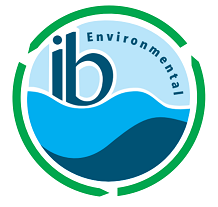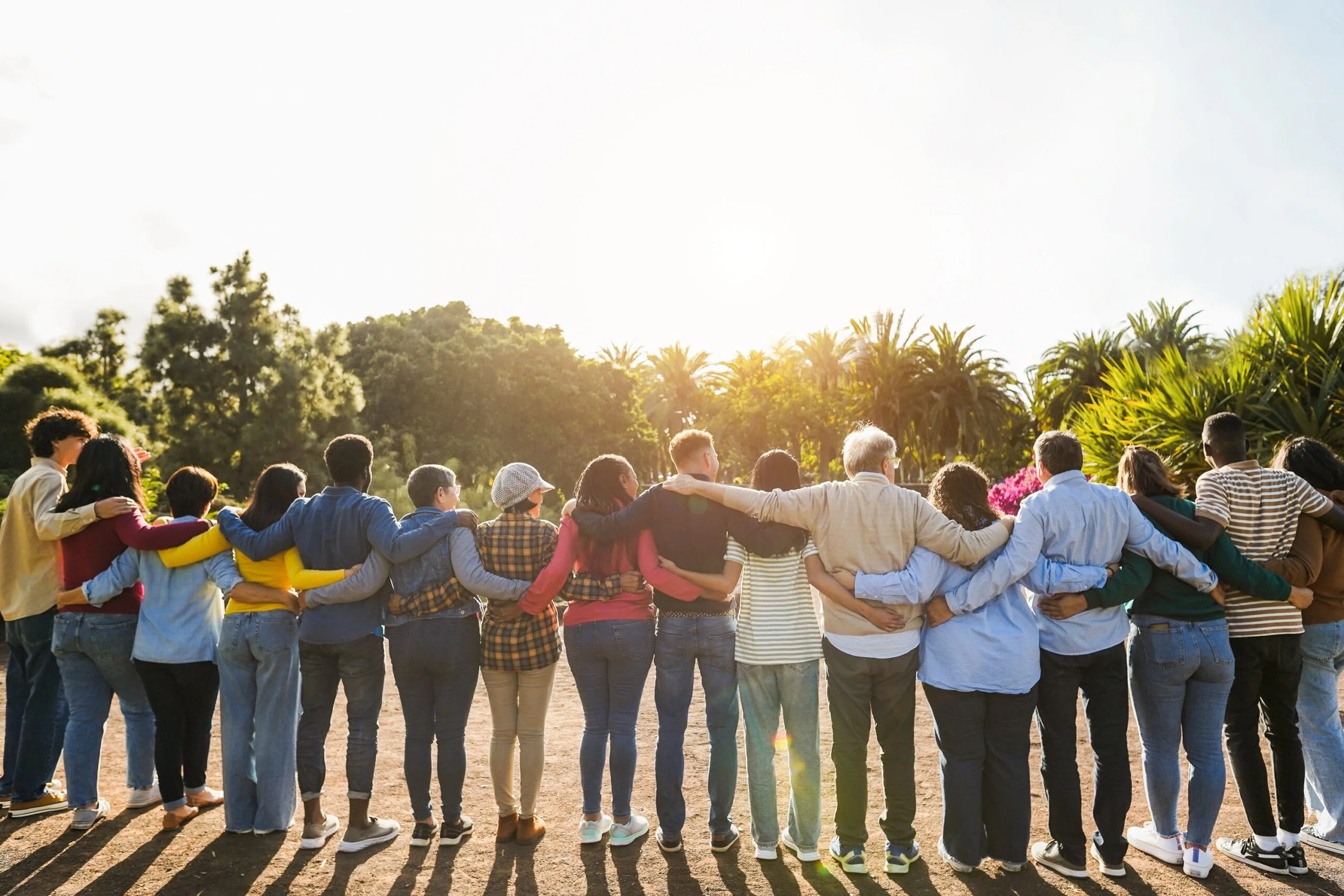The last few posts showed how a regular homeowner can contribute to energy efficiency and renewable energy at their own home or office. However, another way that “regular” citizens can move the needle forward is by serving with their local government. Meaningful change at the local level is an important way to make an energy impact on your community. Unlike national-level initiatives, these smaller committees can target community specific needs and challenges. Additionally, change at the local level often occurs more rapidly and can be implemented before more formal legislation is enacted. County/city committees offer such a platform for their residents. Dekalb County in Georgia has some unique opportunities for its residents to get involved right now that are explained below. Hopefully this post from one young woman’s experience on her own town’s energy committee convinces you to get involved at your local government.
Read MoreFor many low-income families, utility bills can be a major financial burden. Many households have to decide whether their income will allow them to run a fan, run the air conditioning unit, or neither on a hot day. There are energy efficiency resources that can help a household, but affordability of utility bills remains a significant concern, especially in the southeastern United States. This post will highlight some of the existing assistance programs to address energy bills.
Read MoreThe energy burden in the Southeastern US is higher than in most other parts of the country. There are several reasons for this, including the hot climate, and less investment in energy efficiency compared to the rest of the country.
Energy burden is defined by the U.S. Department of Energy as “the percentage of gross household income spent on energy costs”. Everyone has an energy burden, but the percentage of that burden indicates whether it is low, high, or severe. While there is no universally accepted value or threshold that establishes whether a household faces a high or unaffordable energy burden, the American Council for an Energy-Efficient Economy (ACEEE) indicates that energy burdens below 6% are low, above 6% are high, and above 10% are severe. If you’re curious where you may fall, calculating your energy burden is easy.
Read MoreWhen urban renewal made its way through Atlanta around the 1960s, it was initially viewed as a progressive policy that would give cities funding to clean up their impoverished areas and invest in affordable housing and urban infrastructure projects. Instead, there were devastating consequences for poor, minority communities who were disproportionately impacted and left with little to no alternative due to the lack of housing options. These communities were cut off from opportunity—and, it was not by choice . Government agencies, such as the Federal Housing Administration, encouraged redlining practices by promoting segregation efforts and refusing to insure mortgages in and near African American neighborhoods. The image below displays a map of Atlanta around the 1940s and shows the most “ideal” locations for white Americans to live in and around the city.
Read More



